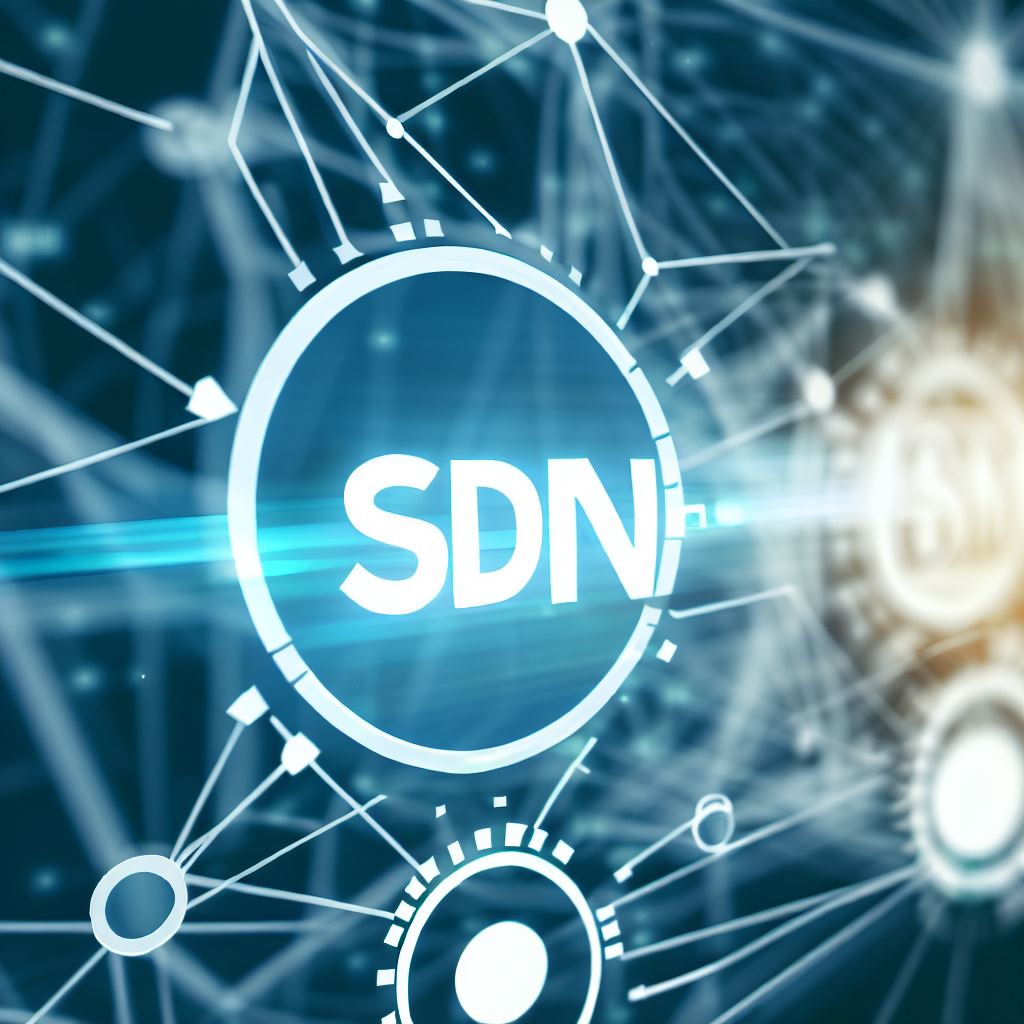What is Cisco IPsec?
Cisco IPsec is a suite of protocols used to secure internet protocol (IP) communications by authenticating and encrypting each IP packet of a communication session. It provides a secure tunnel for data transmission over the internet, ensuring confidentiality, integrity, and authenticity.
Configuration Steps:
- Access the Cisco Device: Access the Cisco device through a console connection or SSH.
- Enter Configuration Mode:
enableconfigure terminal - Define IKE (Internet Key Exchange) Policy:
crypto isakmp policy 10
encryption aes
authentication pre-share
group 2
hash sha
lifetime 86400
Explanation:
crypto isakmp policy 10: Creates an IKE policy with priority 10.
encryption aes: Specifies AES encryption algorithm (You can choose other algorithms as well).
authentication pre-share: Sets pre-shared key authentication method.
group 2: Defines Diffie-Hellman group 2.
hash sha: Specifies SHA hashing algorithm.
lifetime 86400: Sets the lifetime of the IKE security association to 86400 seconds. - Define Pre-Shared Key:
crypto isakmp key <pre-shared-key> address <peer-address>
Explanation:<pre-shared-key>: Replace this with your chosen pre-shared key.<peer-address>: Replace this with the IP address of the remote peer. - Configure IPSec Transform Set:
crypto ipsec transform-set <transform-set-name> esp-aes esp-sha-hmac
Explanation:<transform-set-name>: Name of the transform set.esp-aes: Specifies ESP with AES encryption.esp-sha-hmac: Specifies ESP with SHA-HMAC authentication. - Define Crypto Map:
codecrypto map <map-name> <sequence-number> ipsec-isakmp set peer <peer-address> set transform-set <transform-set-name> match address <access-list>
Explanation:<map-name>: Name of the crypto map.<sequence-number>: Sequence number for the crypto map entry.<peer-address>: IP address of the remote peer.<transform-set-name>: Name of the previously defined transform set.<access-list>: Access list defining the interesting traffic to be encrypted. - Apply Crypto Map to Interface:go
interface <interface> crypto map <map-name>
Explanation:<interface>: Interface to which the crypto map will be applied.<map-name>: Name of the crypto map. - Save Configuration:
write memory
Verification:
- Use the following commands to verify the IPsec configuration:
show crypto isakmp sa show crypto ipsec sa
These commands will display the current IKE and IPsec security associations, respectively.
That’s a basic rundown of configuring Cisco IPsec. Remember to replace placeholders with actual values suitable for your network configuration. Additionally, always ensure that both ends of the VPN tunnel have matching configurations for successful communication.









